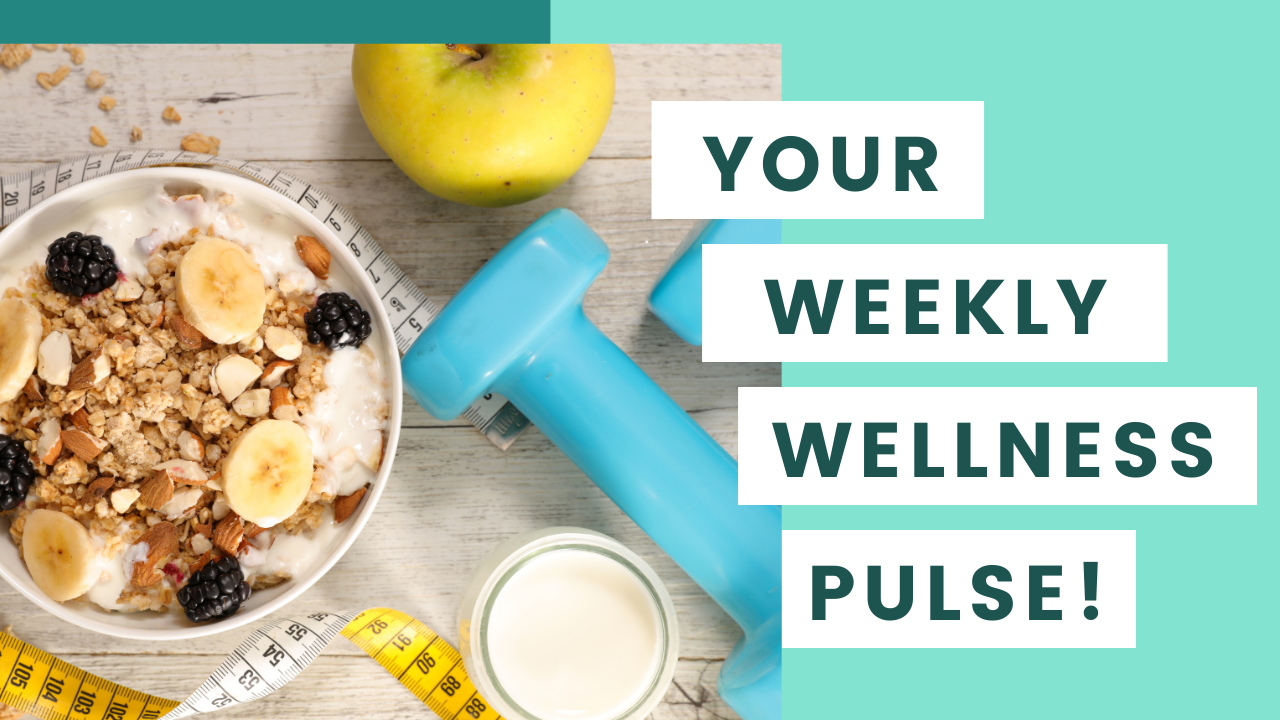How to Read Food Labels for Healthy Eating (Avoid Tricks!)
Apr 02, 2025
Ever stood in the grocery aisle, staring at a nutrition label like it’s written in hieroglyphics? You’re not alone. Learning how to read food labels is one of the most important skills for healthy eating, weight loss, and avoiding processed junk.
The good news is that once you know what to look for, you’ll never feel duped again. You’ll be able to spot hidden sugars, misleading claims, and truly healthy choices in seconds.
I’m breaking down exactly how to read nutrition labels so you can shop smarter, eat healthier, and reach your wellness goals faster.
Step 1: Start with the Serving Size (The #1 Mistake People Make)
Everything on the label—calories, macros, sugar—is based on the serving size listed at the top. Here’s the catch: That "serving" is often way smaller than what you actually eat.
- Example: A "single serving" of ice cream might be ½ cup (who stops at that?). Eating a full cup, which is a more likely serving size, doubles the calories, sugar, and fat.
- Pro tip: Always compare the serving size to your portion. If it’s unrealistic, adjust the numbers in your head.
Did you know? The FDA updated serving sizes in 2020 to betterreflect what people actually eat—but many brands still use tiny portions to make their products seem healthier.
Step 2: Check the Calories (But Don’t Obsess Over Them)
Calories = energy. If you’re trying to lose weight, maintain weight, or fuel workouts, this number matters—but it’s not the only thing that matters.
- For weight loss:
- Snacks: Under 200 calories
- Meals: 400-600 calories (depending on your needs)
- For maintenance: Adjust based on your activity level.
Science-backed fact: Studies show that people who track calories mindfully (without extreme restriction) lose more weight in the long term. (Mayo Clinic, 2020). If you don't measure it, you can't manage it!
Step 3: Scan the Macronutrients (Carbs, Protein & Fat)
These three affect energy, hunger, and body composition. Here’s what to prioritize:
Carbs
- Fiber: 3g + per serving (supports digestion, keeps you full).
- Added sugars: <10g per serving (more on this next).
Protein
- Aim for 10-20g per meal (helps with muscle retention and satiety).
Fats
- Avoid trans fats (linked to heart disease).
- Choose unsaturated fats (avocados, nuts, olive oil).
Step 4: Watch Out for Added Sugars (They’re Hiding Everywhere!)
Sugar sneaks into yogurt, granola, salad dressings, and even "healthy" snacks. Too much leads to energy crashes, cravings, and weight gain.
- Aim for:
- <25g/day for women
- <36g/day for men (American Heart Association)
- Sugar aliases to avoid: "Cane syrup," "fruit concentrate," "maltodextrin."
Weight loss tip: Cutting added sugars can reduce belly fat and improve metabolism (NIH Study, 2019).
Step 5: Understand % Daily Value (%DV) – Your Quick Health Check
This tells you how much a nutrient contributes to your total daily diet.
- 5% or less = Low (ideal for sodium, sugar, saturated fat)
- 20% or more = High (great for fiber, vitamins, minerals)
Example: A cereal with 25% DV fiber = excellent. One with 30% DV sodium = put it back.
Step 6: Keep Sodium in Check (No One Likes Bloat & High Blood Pressure)
Most people eat double the recommended sodium, mostly from processed foods.
- Aim for <2,300mg/day (~1 tsp salt).
- "Low sodium" = <140mg per serving.
Health risk: Excess sodium raises blood pressure, increasing heart disease risk (CDC, 2021).
Step 7: Read the Ingredients List (The Truth Is in There)
Ingredients are listed from most to least. If sugar, refined flour, or hydrogenated oils are in the top 3, it’s probably junk food in disguise.
- Look for: Whole foods (oats, almonds, chicken).
- Avoid: Long lists with unpronounceable chemicals.
Pro tip: If a "health food" has more ingredients than a chemistry lab, skip it.
Step 8: Don’t Fall for Misleading Claims
"Natural," "light," "low-fat" = often marketing tricks.
- "Gluten-free" ≠ healthy (Plenty of gluten-free junk food exists.)
- "Organic" ≠ low-calorie (Organic sugar is still sugar.)
Golden rule: Ignore the front of the package—go straight to the label.
Step 9: Be a Label Detective (They Use 60+ Names for It!)
Some products hide sugar and other unwanted ingredients under sneaky names like:
What to look for: Sugar aliases like "cane sugar", "malt syrup," or "dextrose: can sneak into the ingredients list. If you see multiple types of sugar, the product is likely high in added sugar.
Want the full list? Download my free Hidden Sugar Cheat Sheet below.
Step 10: When in Doubt, Choose Whole Foods
The easiest way to avoid label confusion? Eat foods that don’t need labels.
- Fresh fruits & veggies
- Lean proteins (chicken, fish, eggs)
- Whole grains (quinoa, oats, brown rice)
Health bonus: Whole foods are packed with fiber, vitamins, and antioxidants—no decoding required.
Final Tip: Use the Yuka App for Instant Label Decoding
Want to skip the label-reading hassle? The Yuka app scans barcodes and instantly rates food healthiness on a scale of 0 to 100.
How it works: Scan any product to see its:
- Nutrition score (Green = healthy, Red = avoid)
- Additive risks (flags harmful preservatives/dyes)
- Better alternatives (suggests healthier swaps)
Now you’re ready to shop smarter! 🛒✨
Xx,
Andrea
Stay connected with news and updates!
Join our mailing list to receive the latest news and resources.
Don't worry, your information will not be shared.
We hate SPAM. We will never sell your information, for any reason.

